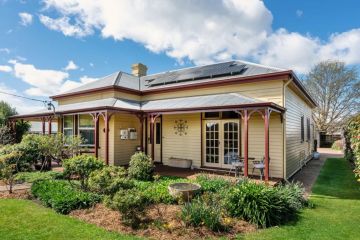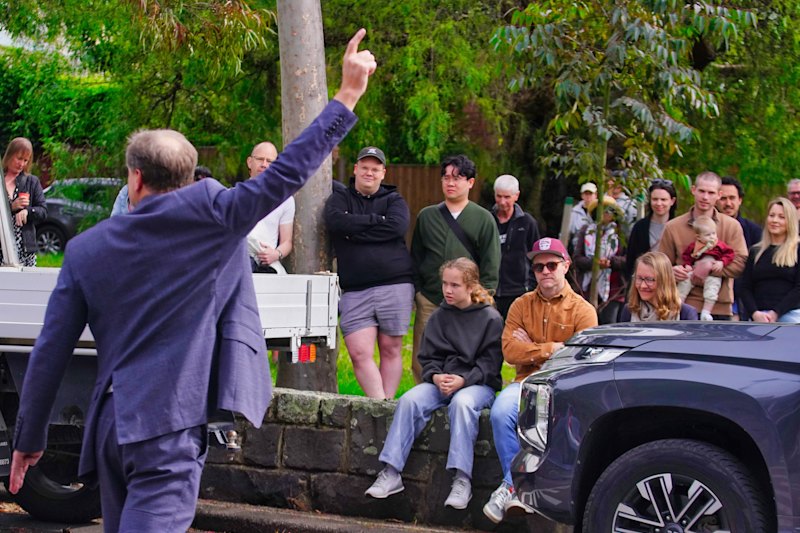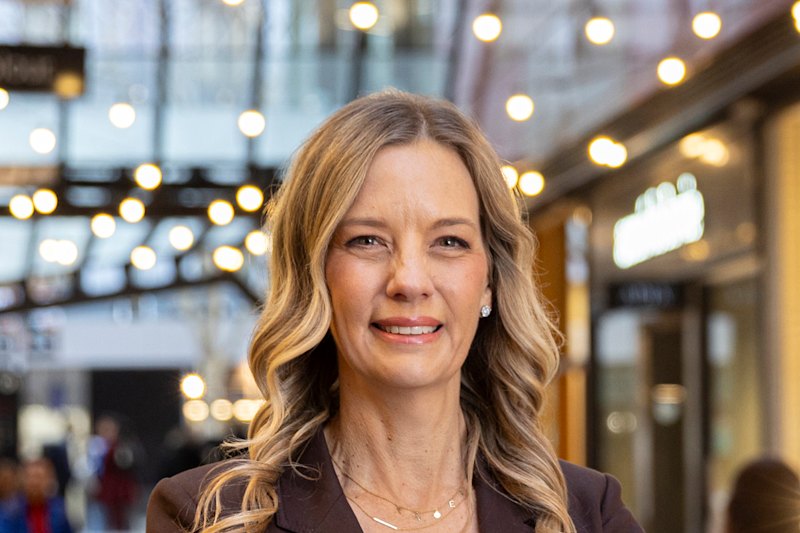Housing affordability crisis takes hold as borrowers start to feel the pinch

Sydney’s housing affordability crisis has breached a new threshold with a median-priced detached house in the city now beyond the reach of families with two average full-time salaries.
As the cost of housing shapes as a key election battleground, analysis shows housing affordability in Sydney has deteriorated sharply even though official interest rates have been at an historic low of 2 per cent for nine consecutive months. Sydney’s median house price is now more than $1 million and NSW households are taking on record levels of debt to keep up. Very weak wages growth has contributed to the deterioration in housing affordability.
New modelling by the Domain Group has found housing in Sydney is now more unaffordable than at any time since the September quarter of 2011.
Separate analysis by the Housing Industry Association shows it now takes 2.04 average full-time salaries to “comfortably service” a standard mortgage on a median-priced detached house in Sydney. That implies a couple each earning an average full-time salary in Sydney – which equates to a combined income of more than $180,000 a year – would struggle to afford a typical mortgage on a median-priced detached home.
The association’s analysis also revealed Sydney home buyers must fork out nearly $50,000 a year to service a typical loan on a median-priced “dwelling” – a figure that includes both detached homes and units.
Debate over Labor plans to limit negative gearing to investors purchasing a newly built housing and to reduce the capital gains tax discount has dominated debate in Federal Parliament this week. Opposition Leader Bill Shorten claims the policy will improve housing affordability but Prime Minister Malcolm Turnbull and Treasurer Scott Morrison have unleashed a massive attack on the proposal. Mr Turnbull told Parliament on Thursday Labor’s policy was “an assault on economic freedom”.
The deterioration in housing affordability in follows a decision by major lenders to increasing their variable rates out of line with the Reserve Bank’s official cash rate.
“Sydney is now officially unaffordable, despite the Reserve Bank keeping interest rates at a 30-year low,” said Domain Group chief economist Andrew Wilson, who undertook the modelling.
The index takes into account repayment rates, average loan size and average incomes to compare repayments made on mortgages since 2007.
Dr Wilson said these repayments directly affected the housing market’s performance as home buyers struggled to upgrade and take on more debt.
“There’s a clear correlation between house prices and the index … as a consequence, price growth will be negligible if not flat this year,” he said.
The index uses the average repayment rate since 2007 to determine the level of affordability; a housing market is classed as “unaffordable” when the index tips over 100.
Sydney is ranked as the only unaffordable capital city in Australia for home owners making repayments – at 102.7 on the index. It’s the first time the city has been in the “unaffordable” category since June 2012.
St George senior economist Hans Kunnen said housing affordability issues faced by Sydney residents were due to a combination of high property prices, stagnant income growth and a tightening of lending by the banks.
“All these factors add to unaffordability and would lead to a plateau, if not a decline, in house prices,” Mr Kunnen said.
Dream Financial mortgage broker Paul Bevan said three-year fixed rates were currently being discounted by the banks, providing an opportunity to refinance home loans and negotiate a better deal for those feeling the pinch.
“If anyone is struggling [with affording repayments] my suggestion would be to seriously consider refinancing,” Mr Bevan said.
A big jump in mortgage refinancing has already occurred, with 22,000 Australians refinancing in December 2015 and rising, Finder.com.au’s Bessie Hassan said.
Finder.com.au research forecasts a record $100 billion worth of refinancing will take place in 2016, compared with $77 billion in 2015.
The Adelaide Bank/Real Estate Institute of Australia Housing Affordability Report also found NSW to be the state with the greatest decline in housing affordability, with the proportion of income required to meet housing loans up 1.4 per cent to 39.4 per cent.
The Domain index found the second most unaffordable city was Melbourne, closely followed by Brisbane, Adelaide and Canberra.
We recommend
We thought you might like
States
Capital Cities
Capital Cities - Rentals
Popular Areas
Allhomes
More







